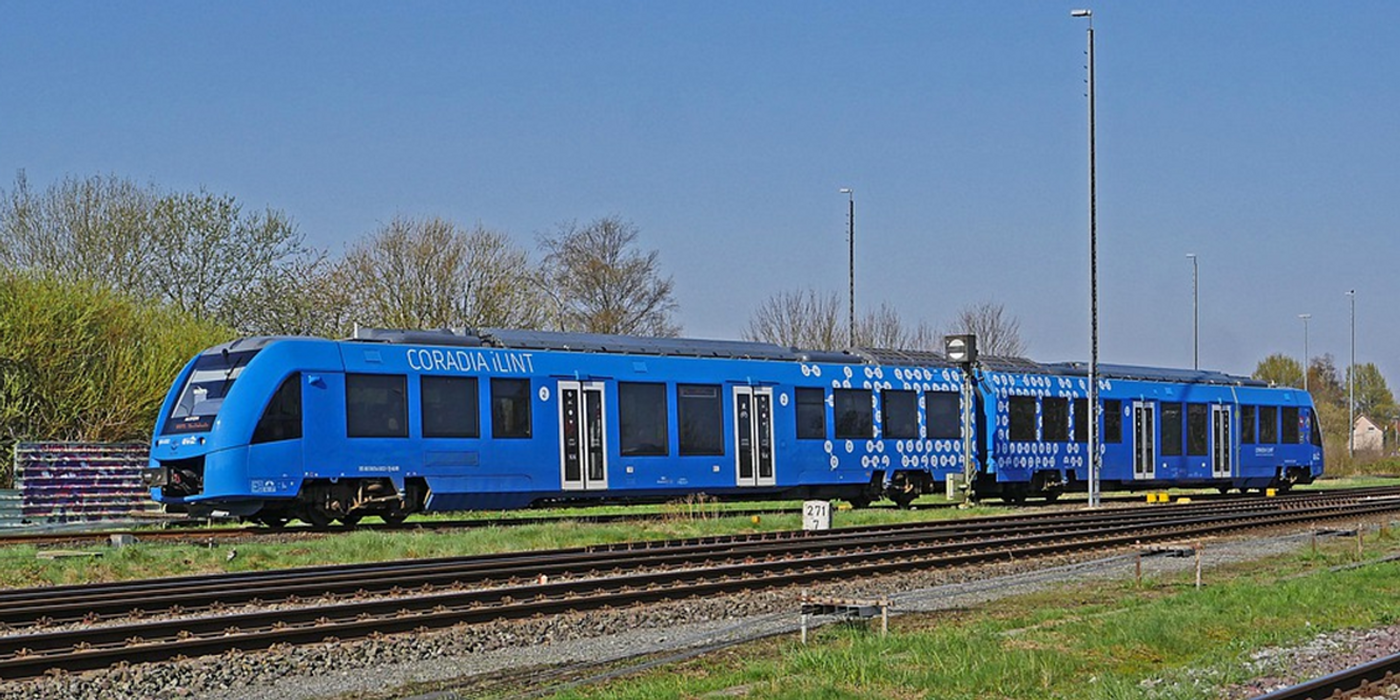Hydrogen, the Element of Our Energy Future? (Part I)
2019 turns out to be a critical year for hydrogen.
Just before the G20 summit in Japan, the International Energy Agency (IEA), an OECD-affiliated intergovernmental organization with a mandate on strategic energy planning, released a report titled "The future of hydrogen: seizing today's opportunities". The document highlighted the recent renaissance of hydrogen technology, despite the fast-paced development of other sustainable energy sources.
The push to switch to hydrogen energy has been under discussion for decades since the initial fear of fossil fuel shortage in the 1970s. But as the price of oil fell and governmental policy refocused on the lower-hanging fruits in sustainable energy such as solar and wind, the momentum behind the hydrogen expansion withered away.
But to achieve the emission reduction target set in the Paris climate agreement, there's more than a sense of urgency among the global governments to push for deeper decarbonization, in which hydrogen could play an indispensable role as a green alternative to power a variety of sectors.
Compared to lithium-ion batteries, hydrogen fuel cells are easy to recharge/refuel and have a higher energy density, which makes them an ideal option to drive large transportation vehicles, such as trains, buses, and trucks. Debuted in 2016, the Coradia iLint by Alstom SA is the world's first hydrogen-powered passenger train. As a replacement of their diesel-powered precedents, the iLint entered commercial service two years later, providing quiet and emission-free rides in northwestern Germany.
The world's first hydrogen-powered train has started running in Germany (Engadget)
Alstrom was not the only one with a vision in hydrogen-powered mass transit. In June 2017 Metrolinx the transit agency of the greater Toronto area authorized a feasibility study of a regional commuter railway network comprising solely hydrogen powered trains. Their research concluded that the cost of building and operating such a network (also known as the "Hydrail") is comparable to that of a conventional electrified rail system.
While the conversion of hydrogen to electricity inside fuel cells incurs no carbon emission, the landscape of hydrogen production is anything but "green". The commercial source of hydrogen relies heavily (over 90%) on fossil fuels. Take the natural gas-based production method for example, the hydrogen atoms are stripped away from hydrocarbons to form hydrogen gas during a process called steam reforming, whereas the carbons end up in CO2 molecules.
Another hurdle in front of the hydrogen expansion is the cost and risk in storage. In most of the current fuel stations, hydrogen gas is compressed to 700 bar (over 700 times the atmospheric pressure on Earth) and stored inside high-pressure tanks. Building and maintaining pressure-tolerating infrastructure is both expensive and challenging.
With many obstacles in its way to become a green, feasible alternative fuel, it begs the question: will hydrogen ever take off as the energy of the future?
[This article contains LabRoots original contents]









